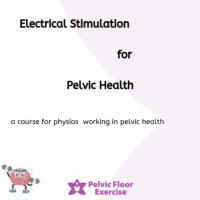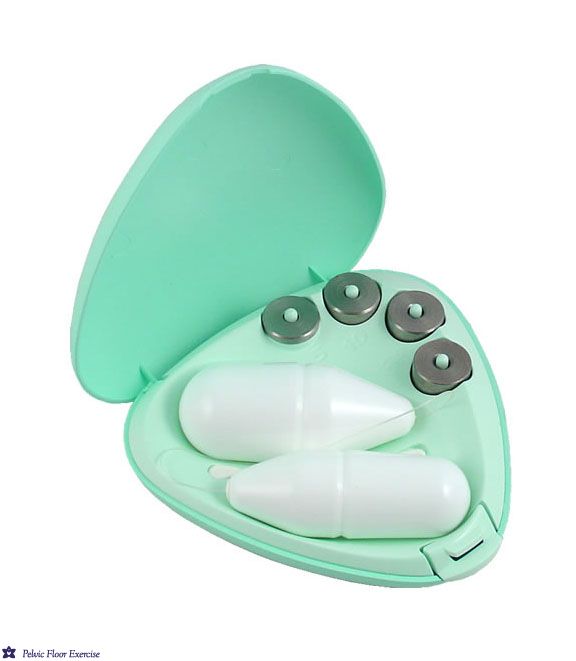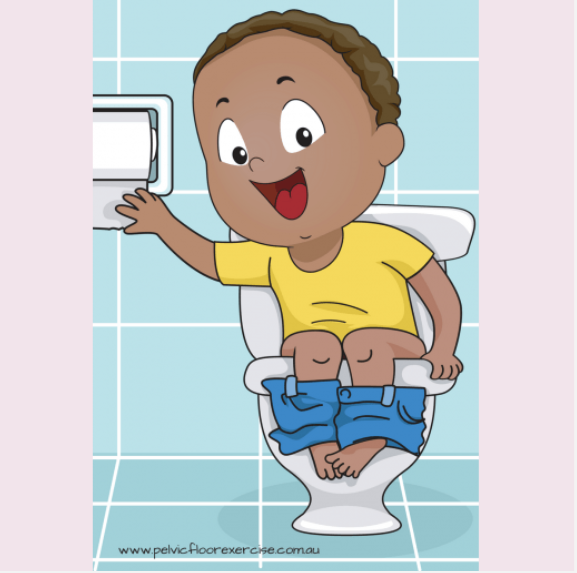Electrical Stimulation for Pelvic Health
This course is now available ONLINE
CLICK HERE TO GO DIRECTLY TO COURSE ON TEACHABLE
CLICK HERE TO GO TO COURSE PAGE FOR MORE INFORMATION
Electrical Stimulation for Pelvic Health
This year I launched my inaugral course, teaching the application of E-stim (NMES) and TENS for pelvic health conditions to physiotherapists.
I knew there was a need for this course from all the emails and calls I receive asking questions on how to use these modalities, but it has been met with such an overwhelming response I have been truly humbled.
So thank you to all of you who have attended so far, to those who have given such kind and valuable feedback, to those who are registered for upcoming courses and to those who have expressed interest in possible future venues.
What this course ISN'T:
The course is not about cookie cutter approaches to neuromodulation. You will not learn protocols to memorise and use ( b ut you will be gi8ven a summary card for your clinic desk as a quick reference to best choices)
What this course IS:
The course is based on teaching you the principles of electrical stimulation so you can work out for yourself the best parameters to use for your patient and how to program them into your machines.
As I explain in the introduction each day - not understanding how to use electrical stimulation is not your fault or the fault of where you gained your qualifications. How much you were taught on the topic depends very much on where and when you trained, as the teaching of EPA (electrophysical agents) has swung like a pendulum throughout the decades from a full subject over a year to a few lectures, depending on the general feeling towards EPA at the time within the profession.
The pendulum is finding a mid- point now I feel and when you look at the explosion in peripheral and spinal nerve stimulation and research in these areas
of neuromodulation, it is exciting to see the way of the future particularly in the arena of pain management considering the opioid crisis.
There is certainly evidence for its effective use in pelvic floor muscle strengthening, pelvic pain management and urinary and faecal urgency and incontinence. It is never a stand alone treatment but rather an adjunctive treatment and another tool in our toolbox when helping our patients.
Traditionally, however, many physios have thought of it as a last resort and hence may not have gained the expected benefits which can be greater if employed earlier in the treatment paradigm.
The other big problem can be just using the pre-set programs that come with the machines. These cookie cutter regimes don't suit everyone, and can often be uncomfortable for patients who will, naturally, stop using the machine if so.
What you won't learn:
The course is a one day in-depth exploration of electrical stimulation, specifically NMES and TENS and how to use it for pelvic health conditions.
I have been asked why I don't also cover EMG and IFT.
EMG is, firstly, not a form of electrical stimulation. It measures the electrical activity of muscles, so you need an electrical output to measure and the idea of electrical stimulation is to hopefully help create that output and progress to voluntary, functional contractions which can then be measured via EMG. EMG is, secondly, a form of biofeedback and will be covered in a separate course currently under construction with a working title of Biofeedback for Pelvic Health.
IFT (Interferential therapy) gets a brief overview in the types of neuromodulation. It is not commonly used these days and my main focus for this course is to give full justice to NMES and TENS. If we went further into IFT or included EMG then I felt I would have to water down what is taught for the former and would end up not doing justice to any of the modalities.
Once you have done the course you can judge if i made the right call on this, feedback so far says yes.
What you will learn:
We start with a brief history of electrical stimulation (neuromodulation) with some interesting facts like Hippocrates use of electrical torpedo fish for pain management, followed by some of the rather interesting early research studies on use of stimulation for urinary incontinence - an electric pessary warrants a mention!
We then take a look at the different types of neuromodulation before heading into a session on physiology because in order to understand how to choose parameters to match the condition, we need to understand how nerve and muscle fibres work and how they respond to the application of electrical currents.
We then move on to the clinical applications and the research evidence for it in regards to pelvic health conditions.
We review both male and female studies and applications covering bladder, bowel and uterus along with each condition that may affect these organs and then how to apply NMES and/or TENS to each as an adjunctive treatment.
Contraindications and professional guidelines are very important so we review these in depth as well as a discussion on use of NMES and TENS in the presence of IUDs and mesh ( one of the most FAQs!)
Hot on the heels of these FAQs are which is the best electrode, so we look at them all and learn how to decide.
And possibly the most FAQ : my machine won't go past 5mA, it must be broken. We look at why this is actually your machine working perfectly and just detecting a problem, and how to work out what that problem is and fix it.
We finish the day with the practical session, spending time on:
- how to check a machine and work out if it is the electrode, lead or patient contact at fault
- how to set up machines
- how to set custom programs that will suit your patient and their condition
- playing with different parameters and what they feel like on ourselves (using adhesive pads on the arm and /or leg. We don't use internal electrodes for this but you are encouraged to try them out after the course in the privacy of yor home or clinic)
Then using case studies and a fun, informative card game of pelvic health stimulation we work out what we have learnt and apply it to various conditions.
I have also set up a closed Facebook group for those who have completed the course with the aim of providing a safe, propfessio0nal arena to ask questions and discuss ideas. On there I also post any updated or added slides for you.
If you have done the course, you can ask to join the Facebook group called Pelvic Floor Education with Fiona Rogers






Thanks In advance